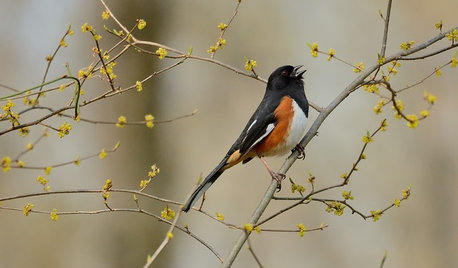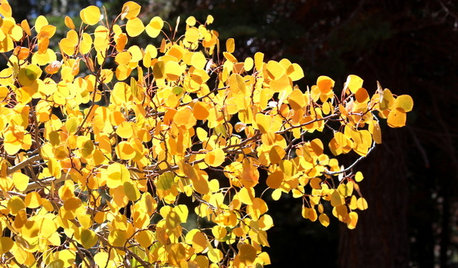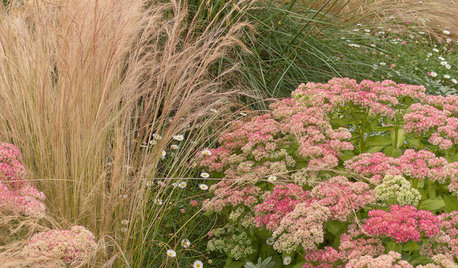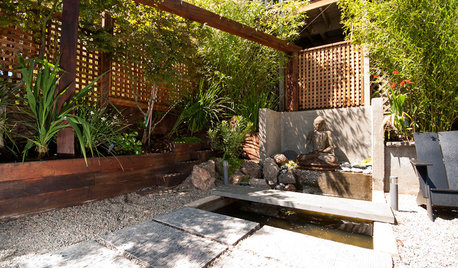3 Sisters Planting?
doc_mikeymike
9 years ago
Related Stories

DECORATING GUIDESGirly Modern Bedrooms Delight Three Young Sisters
Style-savvy wallpaper, custom pieces and touches of turquoise make for three colorful rooms that will grow with the girls
Full Story
NATIVE PLANTSPlant These Fall-Flowering Natives in Early Summer for Pollinator Love
These 3 groups of plants will support masses of beneficial insects come autumn
Full Story
GARDENING GUIDESGreat Design Plant: Lindera Benzoin Offers 3-Season Interest
Support wildlife and enjoy the aromatic leaves of this U.S. native also known as spicebush, Benjamin bush and spicewood
Full Story
LANDSCAPE DESIGNGreat Design Plant: Quaking Aspen for 3-Season Beauty — on Its Own Turf
It offers bright fall foliage, snowy winter bark and lush green leaves in summer. Just don't try to plant quaking aspen away from its home
Full Story
GARDENING FOR BUTTERFLIES3 Ways Native Plants Make Gardening So Much Better
You probably know about the lower maintenance. But native plants' other benefits go far beyond a little less watering and weeding
Full Story
GARDENING GUIDESGreat Garden Combo: 3 Wonderful Plants for a Deer-Resistant Screen
Protect your privacy and keep deer at bay with a planting trio that turns a problem garden area into a highlight
Full Story
GARDENING GUIDESGreat Garden Combo: 3 Soft-Looking Plants for a Dry Climate
Weave a romantic tapestry with this drought-tolerant combination of plants as tough as they are lovely
Full Story
LANDSCAPE DESIGN3 Steps to Choosing the Right Plants for Your Patio
Make every plant count in your small city garden by considering these criteria before you buy
Full Story
GARDENING GUIDESSolve 3 Common Landscape Problems — With More Plants
Sometimes the best defense is a good offense
Full Story
WINTER GARDENING10 Native Wildflowers to Beautify Your Winter Garden
They stand strong in wind, feed wildlife and are easy to grow. But you may want to add these plants for their looks alone
Full Story





Okiedawn OK Zone 7
slowpoke_gardener
Related Professionals
Belmont Landscape Architects & Landscape Designers · Berwyn Landscape Contractors · Cincinnati Landscape Contractors · East Lake-Orient Park Landscape Contractors · Franklin Landscape Contractors · Kearny Landscape Contractors · Lake Saint Louis Landscape Contractors · Lyndhurst Landscape Contractors · Northport Landscape Contractors · San Bruno Landscape Contractors · Draper Decks, Patios & Outdoor Enclosures · Green Bay Decks, Patios & Outdoor Enclosures · Puyallup Decks, Patios & Outdoor Enclosures · Urbana Decks, Patios & Outdoor Enclosures · Waukesha Decks, Patios & Outdoor EnclosuresOkiedawn OK Zone 7
theforgottenone1013 (SE MI zone 5b/6a)
Macmex
Macmex
Okiedawn OK Zone 7
theforgottenone1013 (SE MI zone 5b/6a)
Okiedawn OK Zone 7